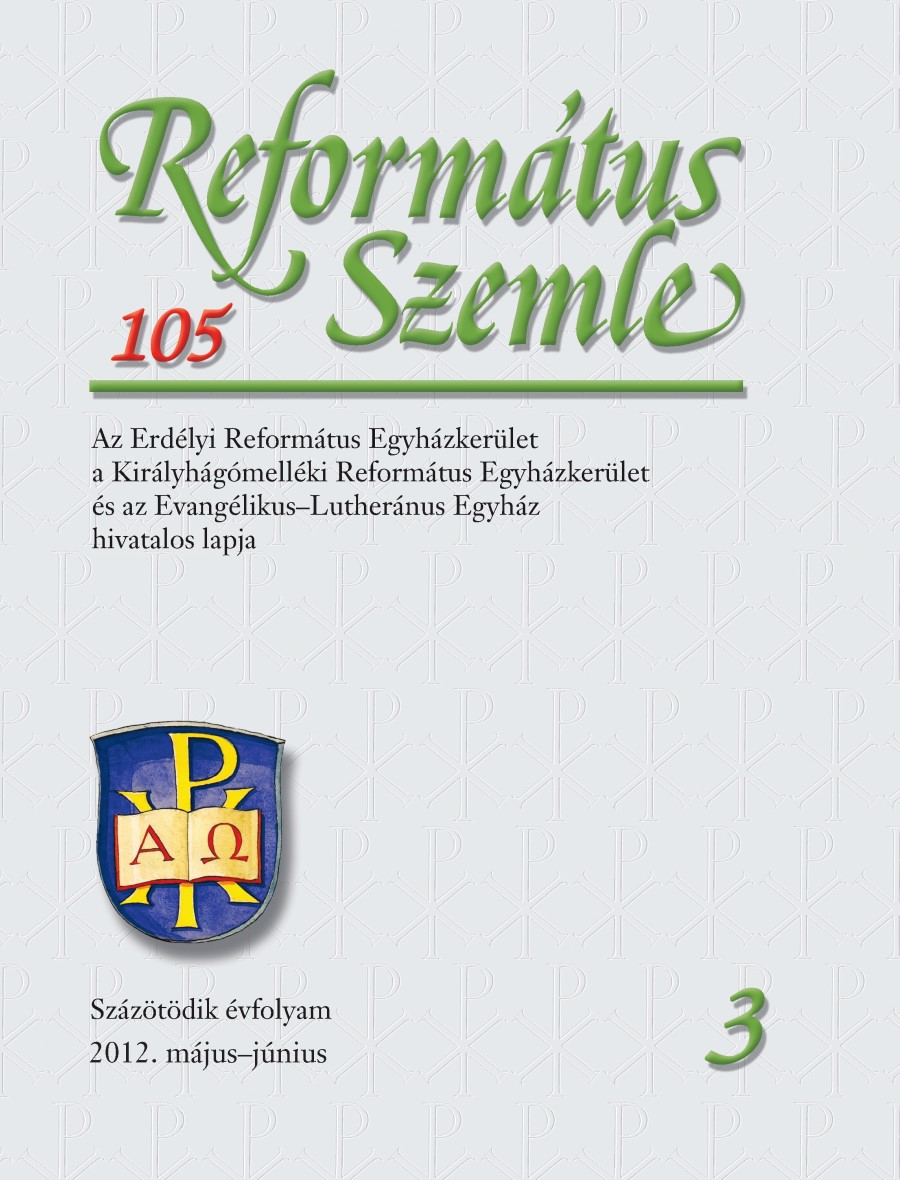Adalékok a hollandiai magyar gyermekmentés történetéhez
Addenda to the History of Dutch-Hungarian Child-Rescue Actions
Author(s): János Hermán M.Subject(s): History of Church(es), Theology and Religion, Interwar Period (1920 - 1939)
Published by: Erdélyi Református Egyházkerület
Keywords: Kornelis Heiko Miskotte; Dutch-Hungarian relations;Erzsébet Kisjókai Szakal
Summary/Abstract: The history of diakonia starts with the helping of the small and the fallen. The Church regards its service in the world as being essential to practice love, that is, the conquest of evil with doing good. In times of sorrow and distress, even the simplest people should protect life and pursue peace, like accepting children and persecuted people in his home. The statistics testify that during World War I, the Netherlands gave shelter to tens of thousands of Belgian refugees, and starting from 1919 to the hungry and weakened Hungarian children. Other western-European countries deployed similar activities, but the Dutch figures are quite high concerning humanitarian actions,in which the Protestant and Catholic churches played a major part. Between 1920 and 1930 about 30 000 children from Hungary were nursed and taken care of in the Netherlands, for an average period of three months. But often it was also for a period of one year or even two years. For a second time, in 1947–1948, the Hungarian child aid actions were repeated, this time a number of around 1500 Catholic and Reformed children arriving to the Netherlands.In this paper we present a new element concerning the work and organisational efforts of the Professors in Theology Kornelis Heiko Miskotte and Van Ruler, and the poet on Dutch and Hungarian soil, Erzsébet Kisjókai Szakal, respectively.
Journal: Református Szemle
- Issue Year: 105/2012
- Issue No: 3
- Page Range: 279-312
- Page Count: 34
- Language: Hungarian

